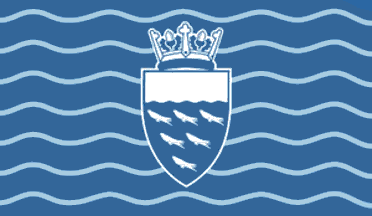Horsham Gull
H Block Offender
innitSussex (pronounced /ˈsʌsɨks/), from the Old English Sūþseaxe ('South Saxons'), is a historic county in South East England corresponding roughly in area to the ancient Kingdom of Sussex. It is bounded on the north by Surrey, east by Kent, south by the English Channel, and west by Hampshire, and is divided for local government into West Sussex and East Sussex and the City of Brighton and Hove. The city of Brighton & Hove was created a unitary authority in 1997; and was granted City status in 2000. Until then Chichester had been Sussex's only city.
The divisions of West Sussex and East Sussex were first established in 1189, and had obtained separate administrations (Quarter Sessions) by the 16th century. This situation was recognised by the County of Sussex Act 1865. Under the Local Government Act 1888 the two divisions became two administrative counties (along with three county boroughs: Brighton, Hastings and, from 1911, Eastbourne).[2]
The appellation Sussex remained in use as a ceremonial county until 1974, when the Lord-Lieutenant of Sussex was replaced with one each for East and West Sussex. The whole of Sussex has had a single police force since 1968.
Sussex still retains a strong local identity and the county's unofficial anthem is Sussex by the Sea. The county's motto, "We wun't be druv", reflects the strong-willed nature of its people in past centuries. Sussex's device shows six martlets. Sussex's county flower is the round-headed rampion, also known as the Pride of Sussex. June 16, the feast day of the county's patron saint St Richard, has been declared Sussex Day by West Sussex County Council.[3] Although it retains a strong identity, most people say West Sussex and East Sussex today and even use them in lists of traditional counties sometimes.


 (and women)
(and women) 


